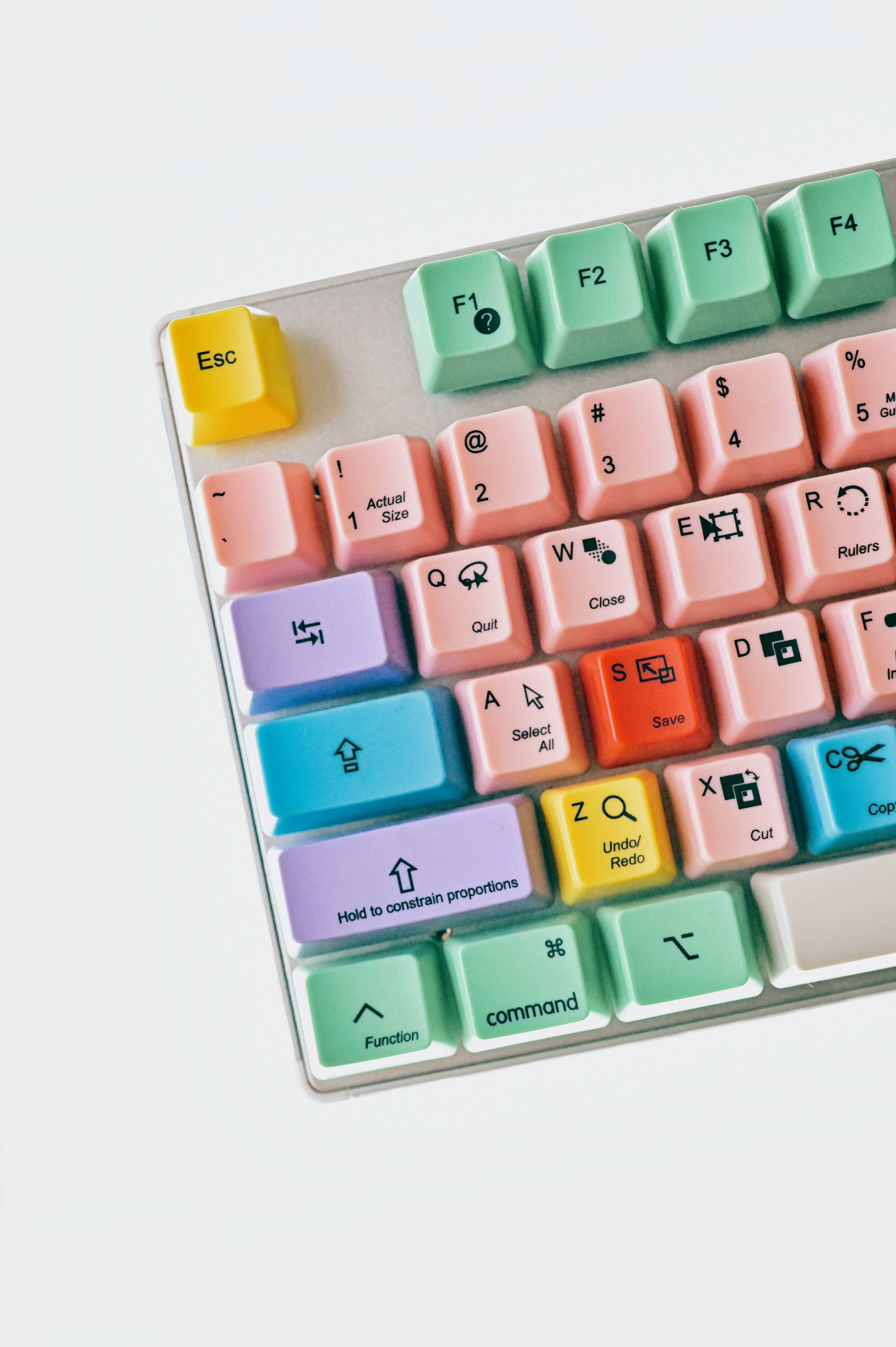The Power of Color Psychology in Branding: Why Your Palette Isn’t Just Pretty Paint
Colors aren’t just for looking nice they’re for making people feel things, buy things, and remember your brand. Discover why your color choices matter (and how bad ones will haunt you).
Date
2025
Category
Branding & Marketing
Contact Us
Let’s get this straight: the colors you choose for your brand aren’t just “aesthetic.” They’re your first impression, your emotional hook, and possibly the reason someone will (or won’t) give you their money. Think of your color palette as the outfit you wear to a job interview—get it right, and people trust you. Get it wrong, and they’ll avoid eye contact and hope the conversation ends quickly. Color psychology isn’t just fluff—it’s science. The right colors can make your brand memorable, likable, and even irresistible. The wrong ones? Well, nobody’s buying toothpaste from a company whose logo looks like a Halloween poster. Here’s why your palette matters and how it can make or break your brand.
First Impressions: When Colors Speak Louder Than Words
You have about 90 seconds to make someone care about your brand—and research says up to 90% of that impression comes from your colors. Yes, before they read your tagline, admire your logo, or click your CTA, they’re silently judging your color palette.
Example: Why does Coca-Cola’s red work so well? Because it screams energy, excitement, and “drink this now.” Pair that with their bubbly branding, and suddenly, you’re convinced a can of sugar water is the most fun you’ll have all day.

Lesson: Pick colors that align with your brand’s personality. Don’t choose pastel pink just because “it’s trendy,” unless you’re okay with your brand being mistaken for a cupcake shop.
Color and Emotion: Tugging at Their Heartstrings (or Wallets)
Colors are emotional puppeteers. They can make you feel calm, excited, trusting, or even a little hungry. Choosing the right palette is like knowing which buttons to press to make your audience feel exactly what you want them to.
Examples:
Red: Passion, urgency, hunger (McDonald’s uses it alongside yellow because they really want you to buy fries).
Blue: Trust, calm, and professionalism (hello, Facebook and LinkedIn—because nothing screams “reliable” like endless scrolling).
Green: Health, growth, and eco-friendliness (see Whole Foods for their “spend more to feel good” strategy).

Lesson: Use color to trigger the emotions you want tied to your brand. Don’t choose green if your product’s about speed, unless you’re marketing to tortoises.
Brand Recognition: Colors Make You Unforgettable (or Forgettable)
The right color palette doesn’t just make you memorable—it makes you iconic. Think Tiffany Blue, McDonald’s red and yellow, or Starbucks green. These brands could slap their colors on a napkin and you’d still know who they are.
Example: Ever seen someone walk out of Tiffany & Co. with that signature blue bag? It’s like a status symbol wrapped in a shade of blue. No need for a logo—just the color is enough.
Lesson: Be consistent. If you’re changing your palette every six months, you’ll confuse your audience faster than a bad plot twist.
Differentiation: Stand Out or Blend In (Your Choice)
In industries where everyone’s using the same tired palette, a bold color choice can set you apart. Most tech companies stick to safe blues and grays. Then there’s T-Mobile, unapologetically rocking magenta like it’s a punk rock statement against boring branding.
Example: T-Mobile’s magenta doesn’t just stand out—it screams, “We’re not like those other corporate phone companies.” And for better or worse, you remember them.

Lesson: Dare to be bold, but make sure your choice aligns with your brand. Bright orange might grab attention, but if your business is funeral planning… maybe not.
Cultural Considerations: Don’t Accidentally Offend Someone
Color meanings vary wildly across cultures. White might mean purity in the U.S., but in some countries, it’s the color of mourning. If you’re a global brand, you need to know these nuances—or risk being that company that turned their logo into an accidental insult.
Example: Pepsi learned this the hard way in Southeast Asia when they changed their blue logo to a lighter shade, unintentionally aligning it with a local funeral tradition. Oops.

Lesson: Research your audience’s cultural associations with color. What works in one country could bomb in another.



